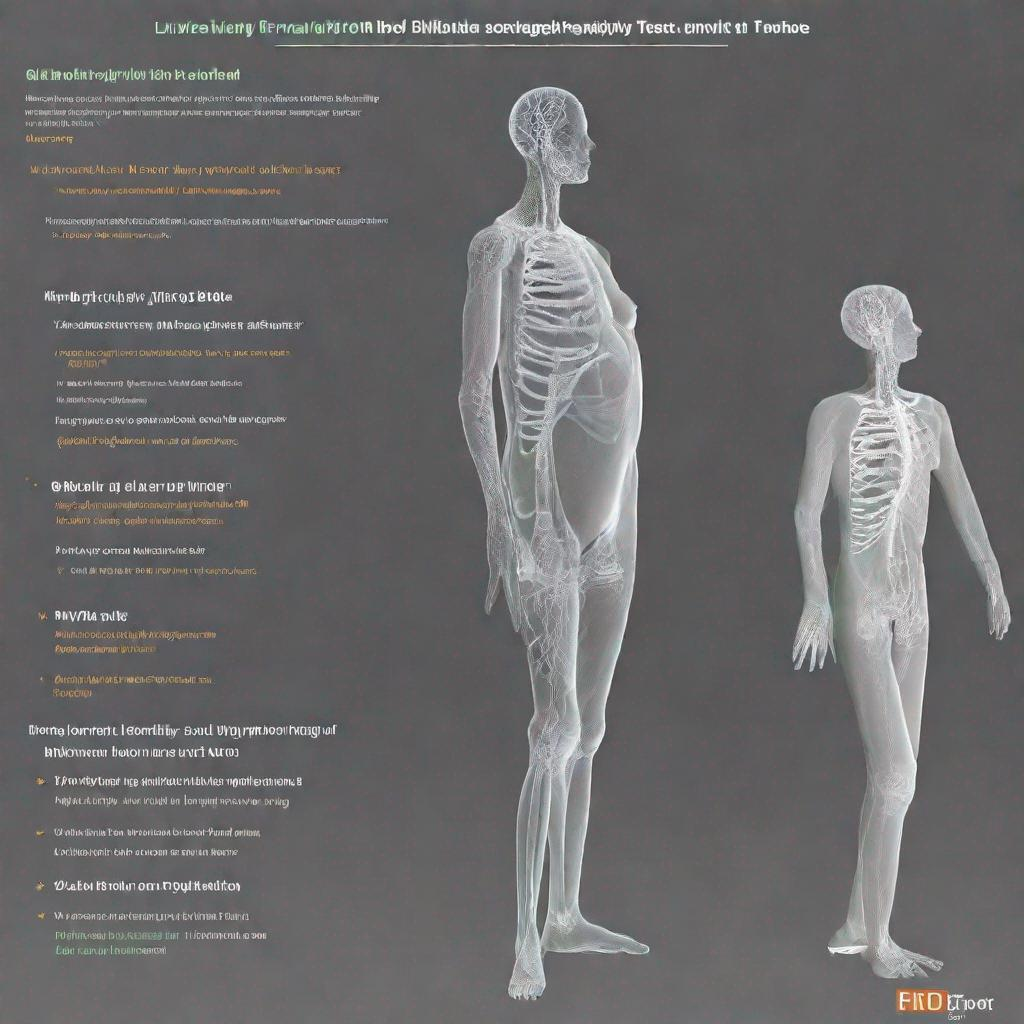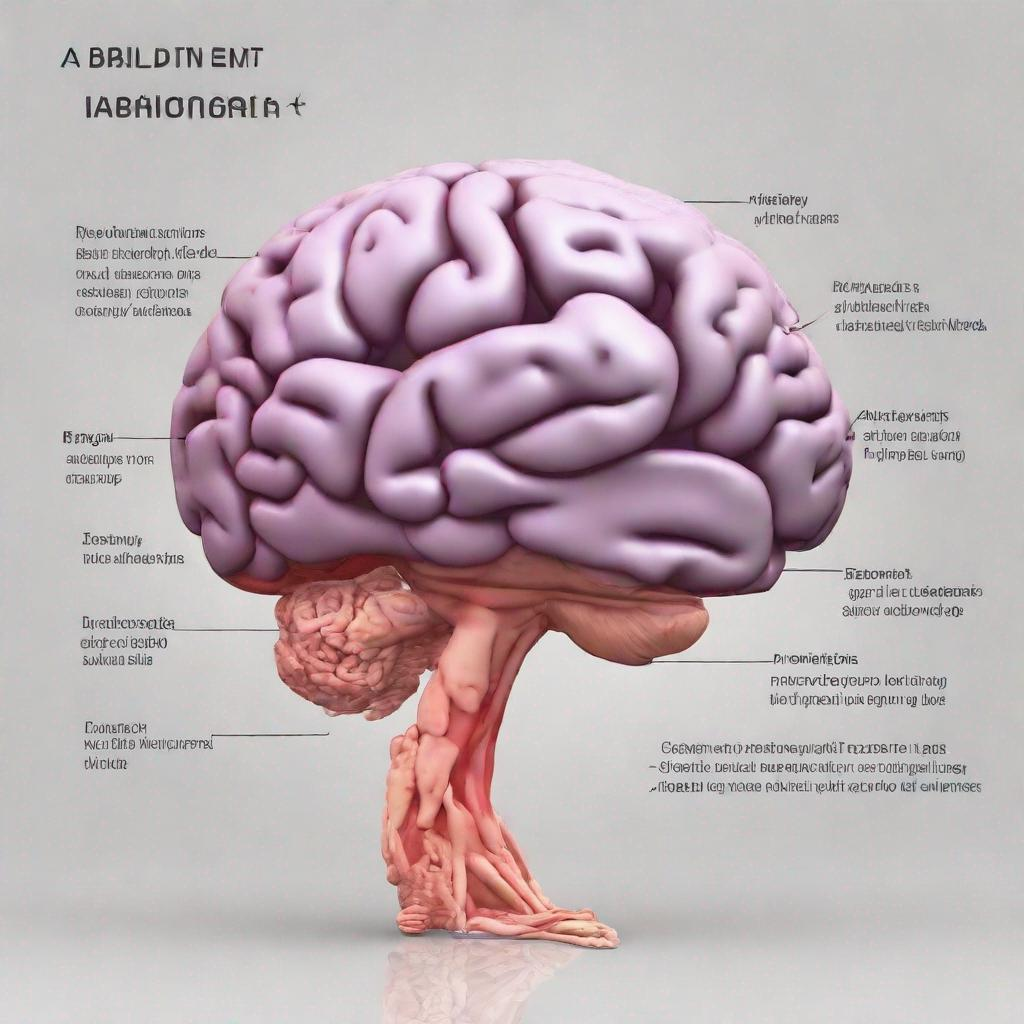## Understanding the Estrone (E1) Test: A Comprehensive Guide for Patients
**Introduction**
The estrone test, also known as the E1 test, provides insights into hormonal balance and reproductive health. It measures estrone levels in blood or urine, which fluctuate with age, hormonal changes, and health conditions.
**Test Overview**
The estrone test evaluates estrogen production and ovarian function. It helps diagnose conditions or diseases related to estrogen imbalances.
**Conditions and Diseases Detected**
– **Menopause:** Estrone levels decline during menopause, confirming the condition and evaluating hormone replacement therapy needs.
– **Polycystic ovary syndrome (PCOS):** High estrone levels assist in diagnosing PCOS and monitoring its management.
– **Ovarian dysfunction:** The test assesses ovarian function and identifies abnormalities in estrogen production.
– **Estrogen deficiency:** Low estrone levels indicate estrogen deficiency, causing symptoms like hot flashes and vaginal dryness.
**Preparation Guidelines**
– Disclose medications or supplements to your doctor.
– Fast for 8-12 hours before the blood test.
– Collect urine for the urine test as instructed.
**Procedure**
– Blood test: A blood sample is drawn from a vein in the arm.
– Urine test: A urine sample is provided.
**Duration and Waiting Time**
– The test takes a few minutes.
– Results are typically available within a few days.
**Additional Tests**
– Follicle-stimulating hormone (FSH) test
– Luteinizing hormone (LH) test
– Progesterone test
– Testosterone test
**Conclusion**
The estrone test is crucial for evaluating estrogen levels and diagnosing hormonal imbalances. Understanding hormonal health is essential for overall well-being. Consult your doctor if you experience symptoms related to menopause, PCOS, or other hormonal imbalances.




